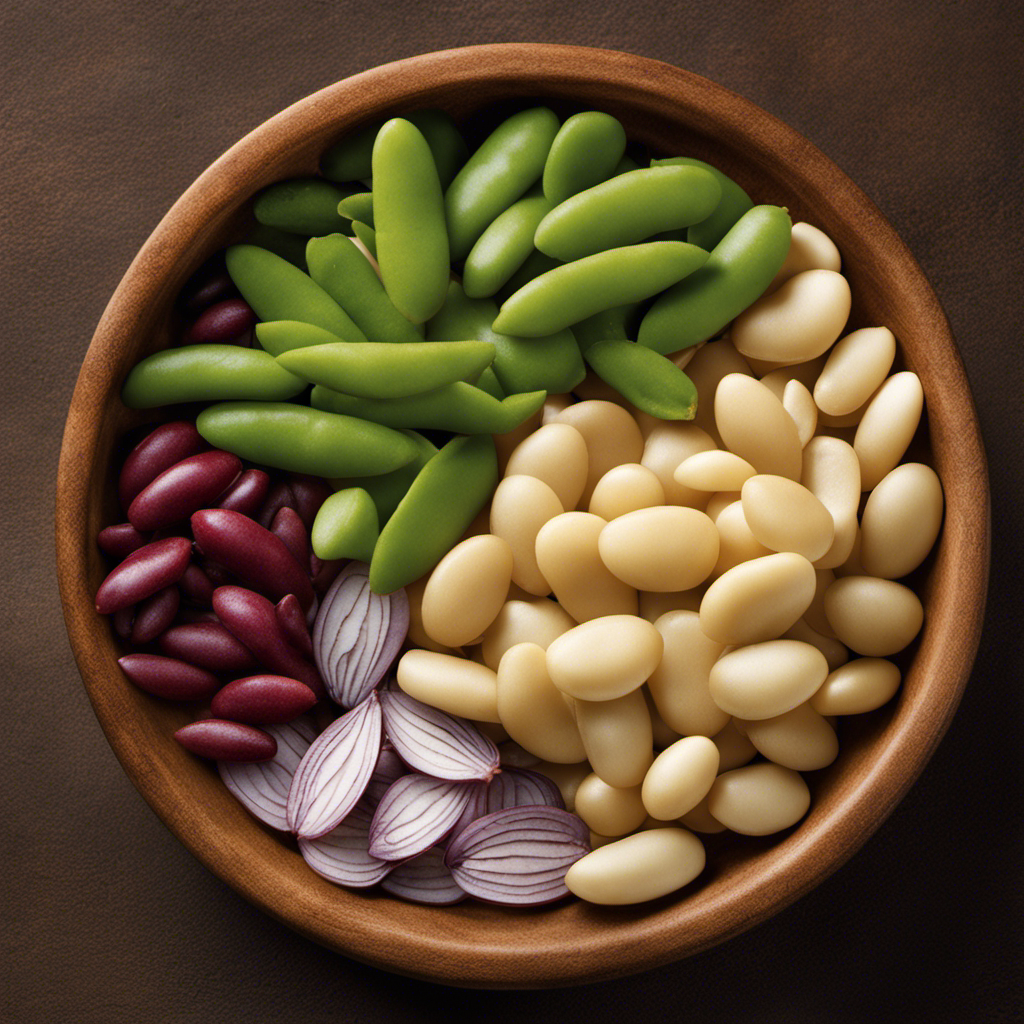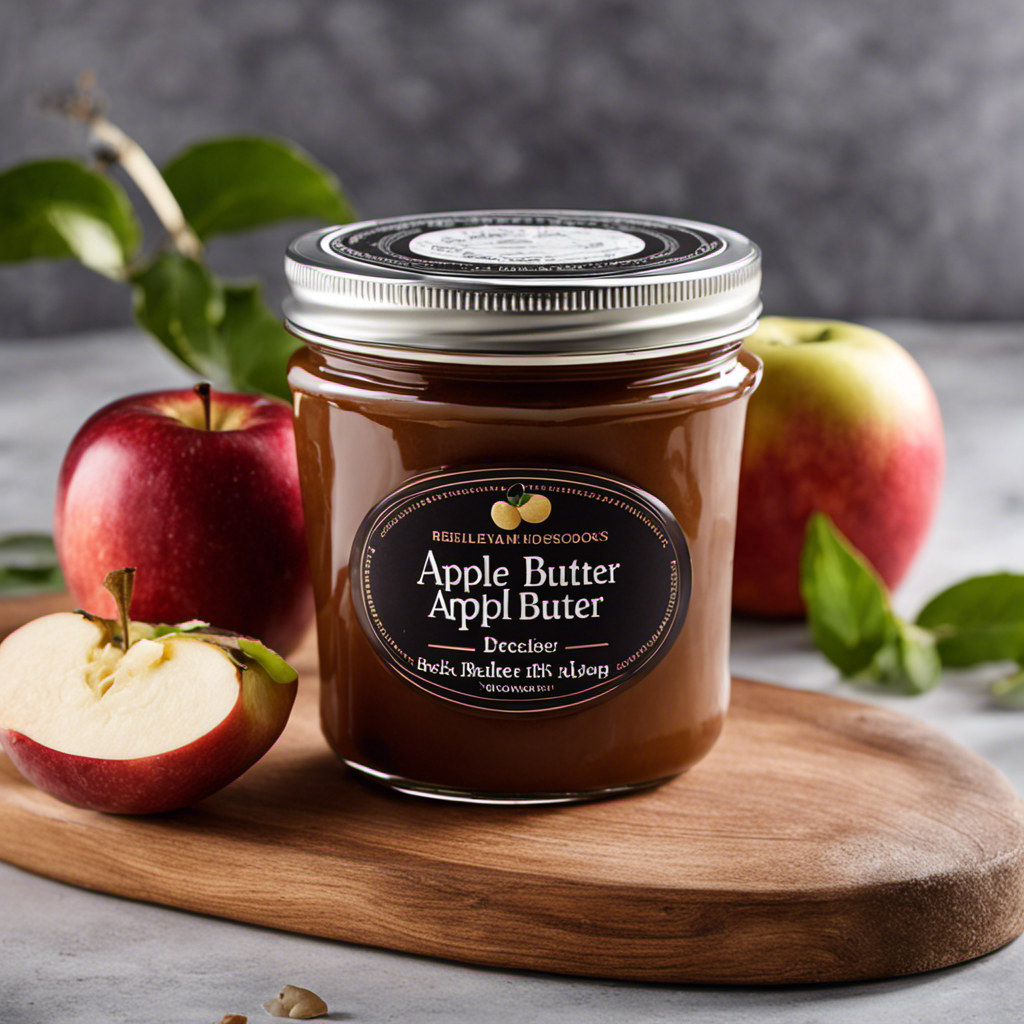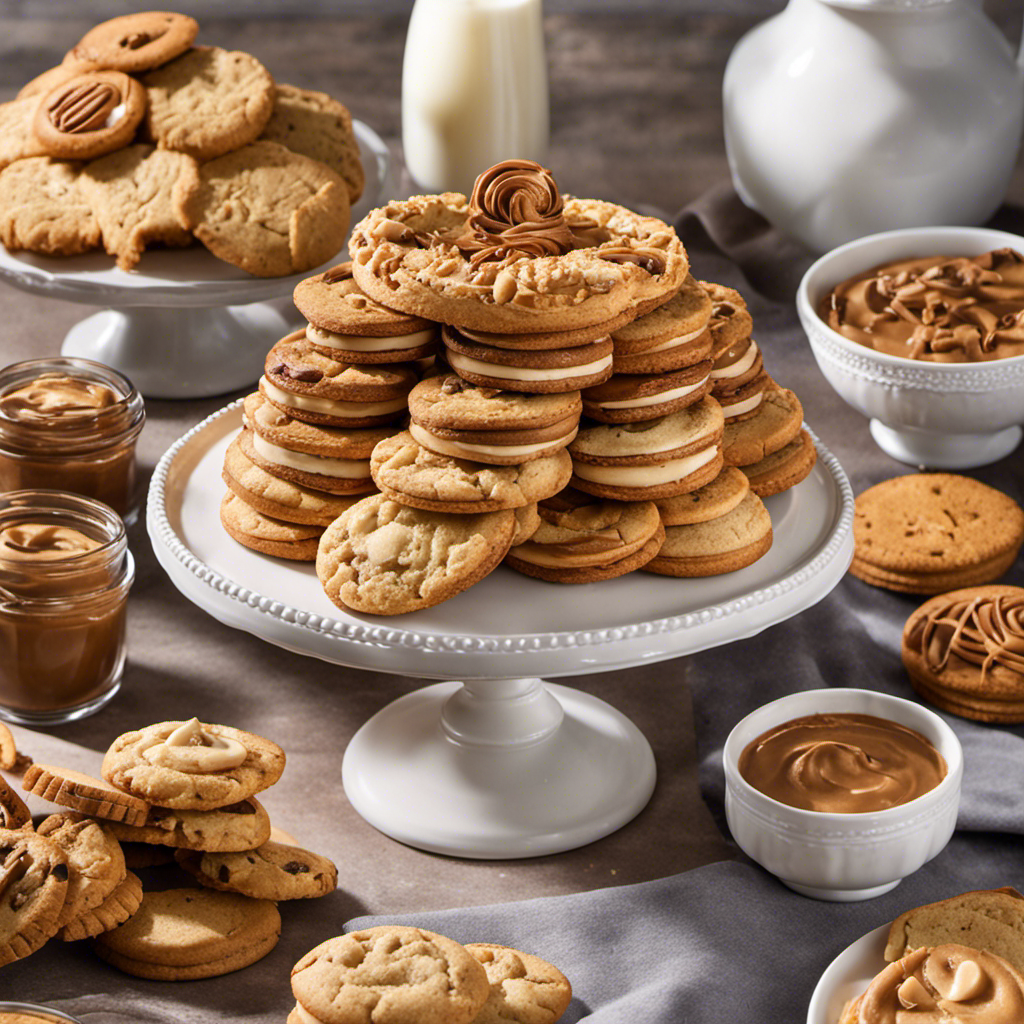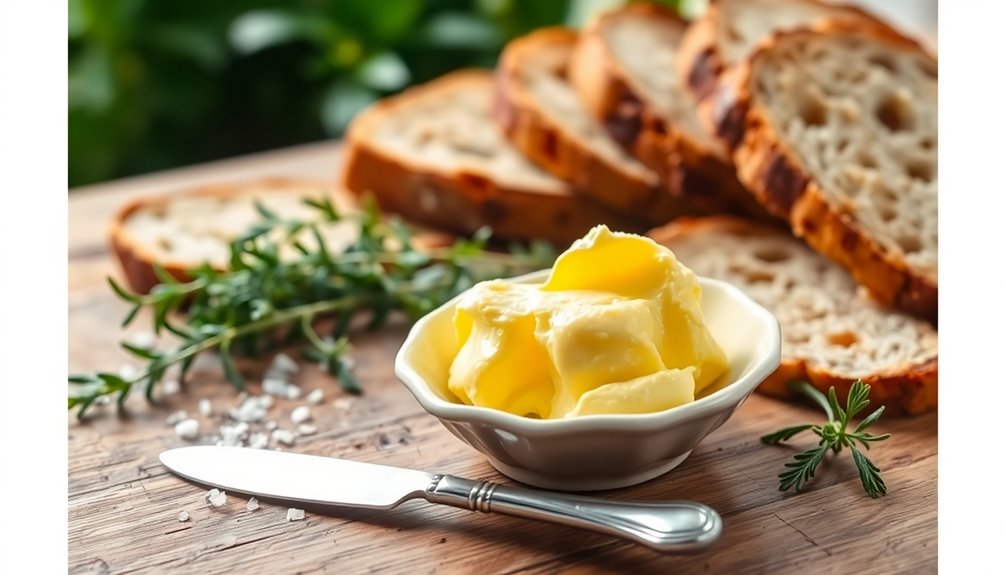I love trying out new foods and one thing that always piques my interest are the differences between **butter beans** and **lima beans**. Even though they may look similar and go by the same name, each of them has distinct characteristics that set them apart. If you want to discover more about these fascinating legumes, keep on reading to unravel the secrets behind them.
In this article, we will delve into the nutritional disparities, appearance and size variations, flavor profiles, culinary uses, as well as cultivation and availability of these two beans.
Prepare to embark on a journey of culinary knowledge, where we unravel the enigma of butter beans versus lima beans.
Key Takeaways
- Butter beans are a good source of protein, dietary fiber, folate, vitamin B6, iron, and magnesium, while lima beans are rich in dietary fiber, potassium, folate, and plant-based protein.
- Butter beans are larger and have a more rounded appearance compared to lima beans, which are usually green or light green in color.
- Butter beans have a slightly nutty flavor with a smooth texture, while lima beans have a buttery, starchy taste with a slightly grainy texture.
- Both butter beans and lima beans can be cooked using different methods and can be added to soups, stews, salads, or sautéed as a side dish.
Nutritional Differences
You should know that butter beans and lima beans have different nutritional profiles.
When it comes to cooking methods, both beans can be prepared in various ways such as boiling, steaming, or even baking. However, it is important to note that the cooking time may vary between the two.
In terms of health benefits, butter beans are known to be a good source of protein, dietary fiber, and vitamins like folate and vitamin B6. They also contain minerals such as iron and magnesium.
On the other hand, lima beans are rich in dietary fiber, potassium, and folate. They also provide a good amount of plant-based protein.
Both beans offer unique nutritional benefits, so incorporating them into your diet can contribute to a well-rounded and nutritious meal.
Appearance and Size
When choosing which type of beans to cook, it’s important to note that butter beans tend to be larger and have a more rounded appearance compared to lima beans. Butter beans come in various color variations, including cream, white, and pale yellow, while lima beans are usually green or light green.
Both beans can be cooked using different methods. Butter beans can be boiled until they are tender, and they can also be simmered in stews and soups. Lima beans, on the other hand, can be steamed, boiled, or sautéed.
These cooking methods help to bring out the flavors and textures of both types of beans, making them versatile ingredients in a range of dishes.
Flavor Profile
To fully appreciate the flavor profiles of butter beans and lima beans, it’s important to cook them using various methods and seasonings. Both beans have a mild, creamy taste, but there are subtle differences that can be enhanced based on taste preferences and cooking methods.
Butter beans have a slightly nutty flavor with a smooth texture, while lima beans have a buttery, starchy taste with a slightly grainy texture. Butter beans pair well with herbs like thyme and dill, while lima beans are often seasoned with garlic and onions for added depth.
By experimenting with different cooking techniques, such as boiling, sautéing, or roasting, and incorporating different seasonings, you can bring out the unique flavors of these beans.
Now, let’s explore the culinary uses of butter beans and lima beans.
Culinary Uses
If you’re looking to incorporate these legumes into your cooking, there are a variety of delicious recipes that feature butter beans and lima beans as the star ingredient.
Both butter beans and lima beans are versatile and can be prepared in various ways.
One popular preparation method is boiling them until they are tender and then adding them to soups, stews, and salads.
Another option is to sauté them with garlic and herbs for a flavorful side dish.
Regional variations also play a role in how these beans are prepared.
In the southern United States, butter beans are often cooked with ham hocks or bacon for added smokiness.
In Mediterranean cuisine, lima beans are commonly used in dishes like succotash or pureed into a creamy hummus.
Cultivation and Availability
Cultivation and availability of butter beans and lima beans depend on the climate and growing conditions in different regions.
Butter beans, also known as lima beans, are widely available worldwide, thanks to their adaptability to various climates. These legumes thrive in warm, sunny environments with well-drained soil. They require a growing season of approximately 70-90 days, making them suitable for both spring and summer planting.
In terms of availability, butter beans are cultivated in many countries, including the United States, India, China, and Brazil. However, specific growing conditions may vary. For instance, in the United States, butter beans are primarily grown in the southern states, where the climate is favorable.
Overall, butter beans and lima beans are accessible globally, as long as the necessary growing conditions are met.
Frequently Asked Questions
Are Butter Beans and Lima Beans the Same Thing?
Butter beans and Lima beans are not the same thing. There are some nutritional differences between them. Butter beans are larger and have a creamy texture, while Lima beans are smaller and have a starchy texture.
Are There Any Health Benefits Associated With Eating Butter Beans or Lima Beans?
There are several health benefits associated with eating both butter beans and lima beans. They are high in fiber, protein, and antioxidants, which can promote digestive health and reduce the risk of chronic diseases. Additionally, they provide essential vitamins and minerals for overall well-being.
Can Butter Beans and Lima Beans Be Used Interchangeably in Recipes?
Sure, butter beans and lima beans can be used interchangeably in recipes. However, it’s important to note that there are slight taste and texture differences between the two. Exploring their cultural and regional uses can also provide valuable insights.
Are There Any Specific Cooking Methods That Work Best for Butter Beans and Lima Beans?
There are specific cooking methods that work best for butter beans and lima beans. It’s important to consider the recipe you’re using, as well as the desired texture and flavor. Additionally, understanding the nutritional value of lima beans can help inform your cooking choices.
Can Butter Beans and Lima Beans Be Frozen for Long-Term Storage?
Yes, both butter beans and lima beans can be frozen for long-term storage. It’s important to blanch them before freezing to preserve their quality. While they are similar in taste and texture, there are slight nutritional differences between the two.
Conclusion
In conclusion, understanding the difference between butter beans and lima beans is essential for both culinary enthusiasts and health-conscious individuals.
While both beans share similarities in terms of appearance and cultivation, their nutritional profiles, flavors, and uses in the culinary world set them apart.
Just like two distinct flavors in a well-prepared dish, butter beans and lima beans bring their own unique qualities to the table.
So, next time you’re cooking up a storm, remember to choose wisely and savor the diverse taste these beans have to offer.










